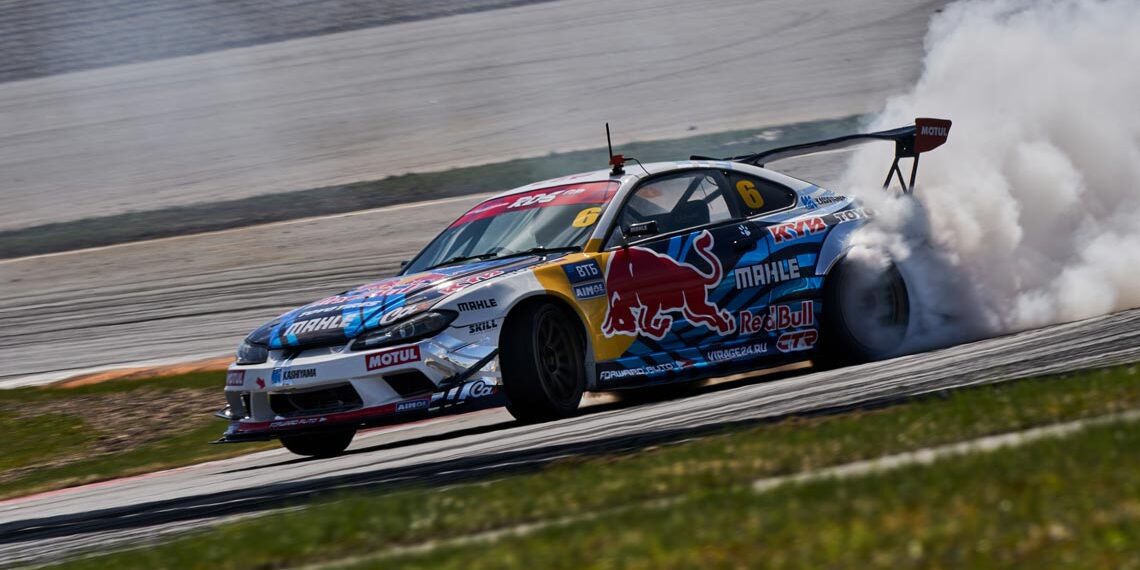Russia is a country known for its vast landscapes, extreme weather, and a deep-rooted love for motorsports. Over the past decade, drifting has become an increasingly popular sport in Russia, with a growing community of drivers, fans, and events that reflect the country’s unique automotive culture. Russian drift culture is characterized by a combination of raw power, technical skill, and a fearless attitude towards the challenges posed by the country’s harsh environment.
The Growth of Drifting in Russia
Drifting in Russia began to gain popularity in the early 2000s, influenced by the global spread of the sport and the country’s own passion for motorsports. Russia has a long history of automotive enthusiasm, with a strong culture of car modification and street racing. As drifting became more widely known, it quickly attracted a following among Russian car enthusiasts who were drawn to the sport’s combination of skill, speed, and style.
The first organized drifting events in Russia were grassroots gatherings, often held on abandoned airfields, industrial sites, or remote roads. These events provided a space for drifters to practice their skills and compete against each other in a relatively low-pressure environment. As the popularity of drifting grew, so too did the scale and professionalism of the events, with more structured competitions and dedicated drift tracks being developed across the country.
One of the most significant milestones in the development of Russian drifting was the creation of the Russian Drift Series (RDS) in 2010. The RDS quickly became the premier drifting championship in Russia, attracting top talent from across the country and beyond. The series features multiple rounds held at different locations, including major racetracks and street circuits, and has helped to raise the profile of Russian drifting on the global stage.
The Influence of Russian Weather and Geography
Russia’s unique weather and geography have had a profound impact on the development of its drift culture. The country’s long, harsh winters, with temperatures often plunging well below freezing, have led to the emergence of a distinct style of drifting known as “ice drifting.” Ice drifting involves drifting on frozen lakes or snow-covered roads, where the lack of grip and extreme conditions require a different set of skills and techniques compared to traditional asphalt drifting.
Ice drifting has become a popular winter activity in Russia, with events held across the country during the colder months. The challenge of controlling a car on ice, where even the slightest mistake can lead to a spin or crash, has attracted a dedicated following of drivers who relish the opportunity to test their skills in such demanding conditions. Ice drifting has also become a spectator sport, with fans braving the cold to watch the action and support their favorite drivers.
In addition to ice drifting, Russia’s vast landscapes and diverse terrain have also influenced the development of the sport. The country’s wide-open spaces provide plenty of opportunities for off-road drifting, while its urban environments have given rise to a street drifting scene that is both vibrant and competitive. Russian drifters often have to contend with a wide range of conditions, from smooth asphalt to rough gravel, and their ability to adapt to these challenges is a testament to their skill and versatility.
Iconic Drift Locations in Russia
Russia is home to several iconic drift locations that have become legendary in the country’s drift community. One of the most famous is the Moscow Raceway, a state-of-the-art racetrack located just outside the capital. Moscow Raceway has hosted numerous RDS events, as well as international motorsport competitions, and is considered one of the premier drifting venues in the country.
Another iconic location is the Sochi Autodrom, located on the Black Sea coast in the city of Sochi. Sochi Autodrom is best known as the home of the Russian Grand Prix, but it also plays host to a variety of drifting events, including rounds of the RDS. The track’s combination of tight corners and fast straights makes it a challenging and exciting venue for drifters.
In addition to these modern racetracks, Russia is also known for its street drifting scene, particularly in cities like Moscow and St. Petersburg. Street drifting events, often held illegally on public roads, have become a part of the urban landscape, with drivers showcasing their skills in front of enthusiastic crowds. While street drifting is controversial due to its association with reckless driving and public safety concerns, it remains a significant part of Russian drift culture.
The Future of Drifting in Russia
The future of drifting in Russia looks promising, with the sport continuing to grow in popularity and attract new talent. The success of the RDS and other organized competitions has helped to establish drifting as a legitimate motorsport in the country, and there is potential for further development and expansion in the coming years.
As Russia continues to invest in motorsports infrastructure and events, drifting is likely to become even more prominent. The country’s unique combination of weather, geography, and automotive culture provides a solid foundation for the sport’s continued success, and Russian drifters are increasingly being recognized on the international stage.
Drifting in Russia is a sport that reflects the country’s love for cars, motorsports, and the thrill of competition. From the frozen lakes of Siberia to the streets of Moscow, Russian drift culture is diverse, dynamic, and full of character. With a growing community of drivers, fans, and events, the future of drifting in Russia looks bright, and the sport is poised to continue making an impact both at home and abroad.










